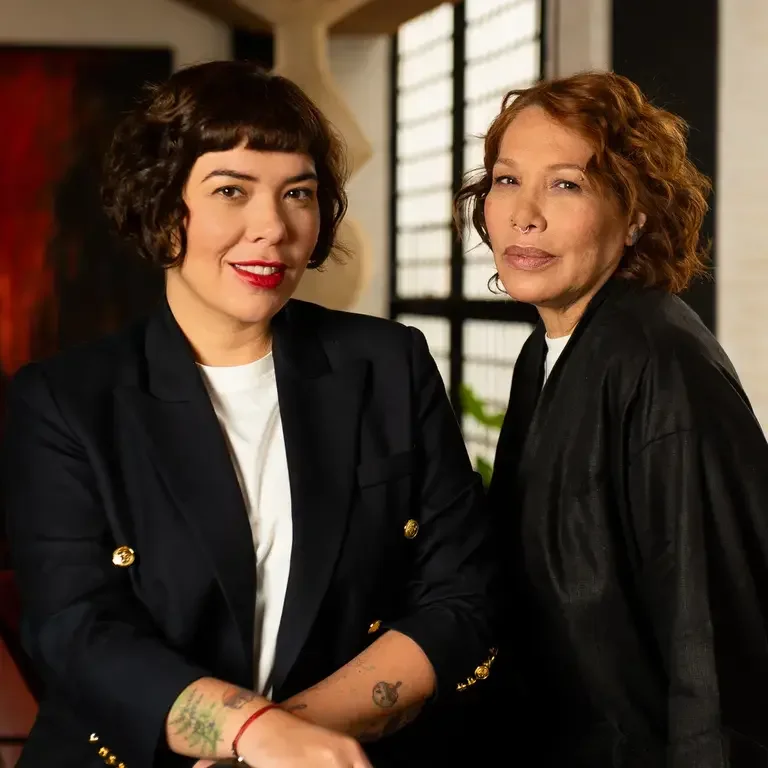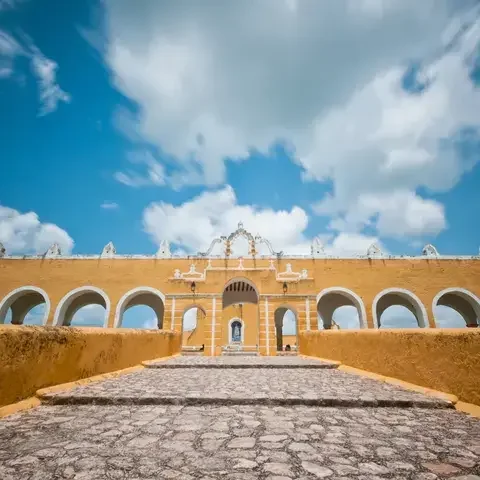While Colombian chef Leo Espinosa and beverages director Laura Hernández Espinosa invested time, energy and love masterminding a new home for Restaurante LEO in Bogotá’s Zona Rosa district, the pandemic had different plans for the mother-and-daughter team – and the May 2020 launch simply wasn’t meant to be.
“Hospitality was badly hit and we’d invested a lot in the 2020 opening, even hosting a Bogotá Madrid Fusión event there,” says sommelier Laura. “But the pandemic meant we never opened, which ended up being a blessing in disguise because of the risks that a launch can imply. We did, however, have to take the difficult decision to sell the two storefronts of Misia, our Caribbean food restaurant, in Bogotá and Cartagena de Indias.”
Laura Hernández Espinosa: "This was a rebirth for us"
With LEO shuttered and the decision to shelve the Zona Rosa project (at a substantial financial and other losses) taken, the business partners found themselves with unexpected time on their hands. When the opportunity arose to demolish a warehouse in the trendy food district of Chapinero, Leo and Laura went back to square one, embarking on an ambitious architectural project to build a brand-new made-to-measure establishment. “I don’t usually use clichés, but this was a rebirth for us,” says Laura.
While Restaurante LEO has always been an extremely well-paired offering – Leo in the kitchen and Laura dreaming up beverage harmonisations for her mum’s tasting menus – the eventual 2.0 launch in June 2021 upped the pairing ante considerably. While their 'Ciclo-bioma' philosophy, which uses gastronomy as a tool for social and economic development in indigenous and afro-Colombian communities, remains paramount, two major changes further fuse their respective worlds of solids and liquids.












